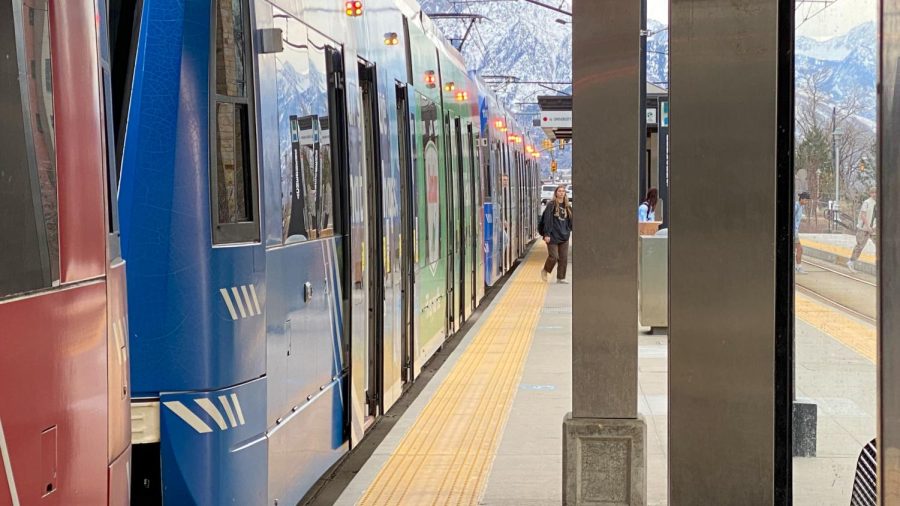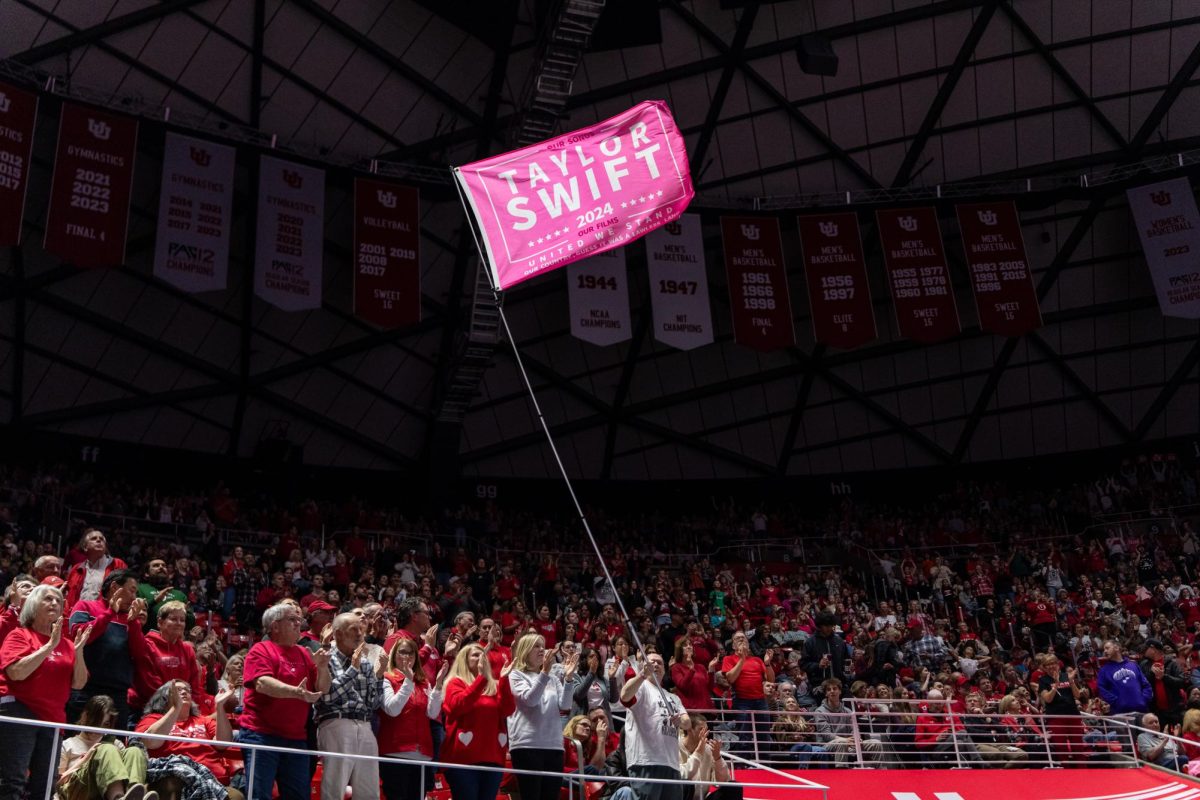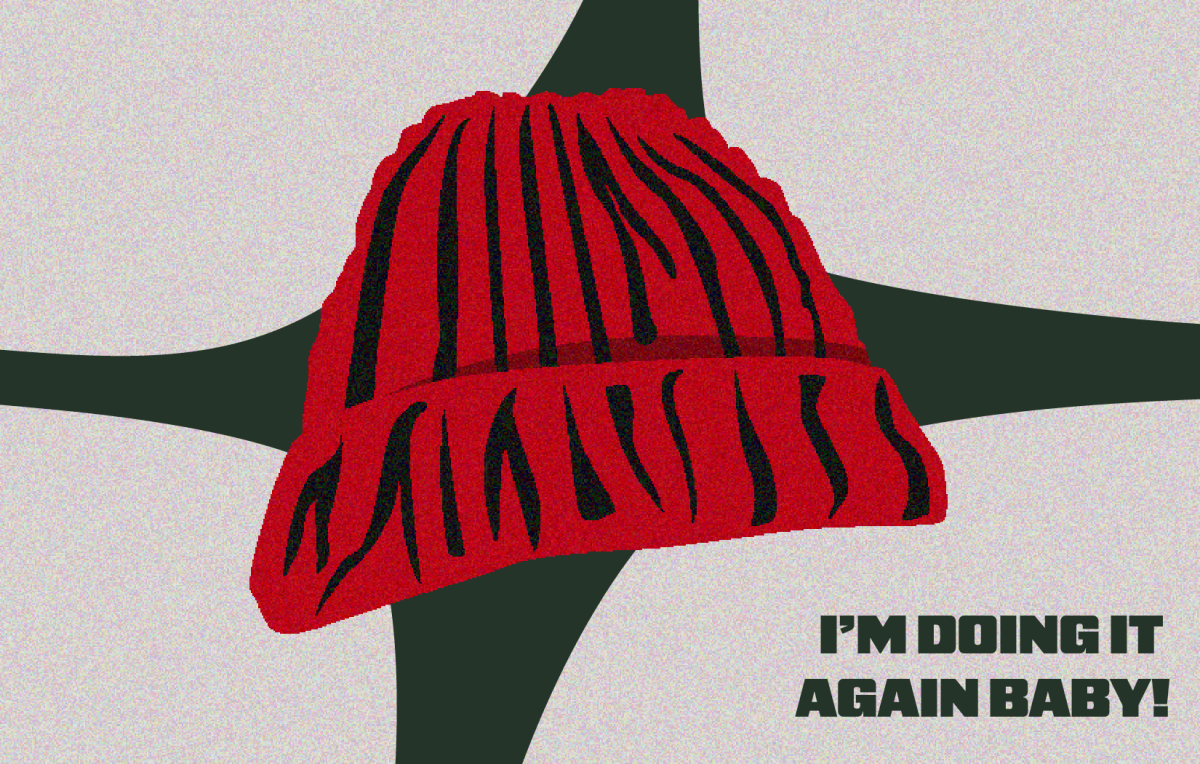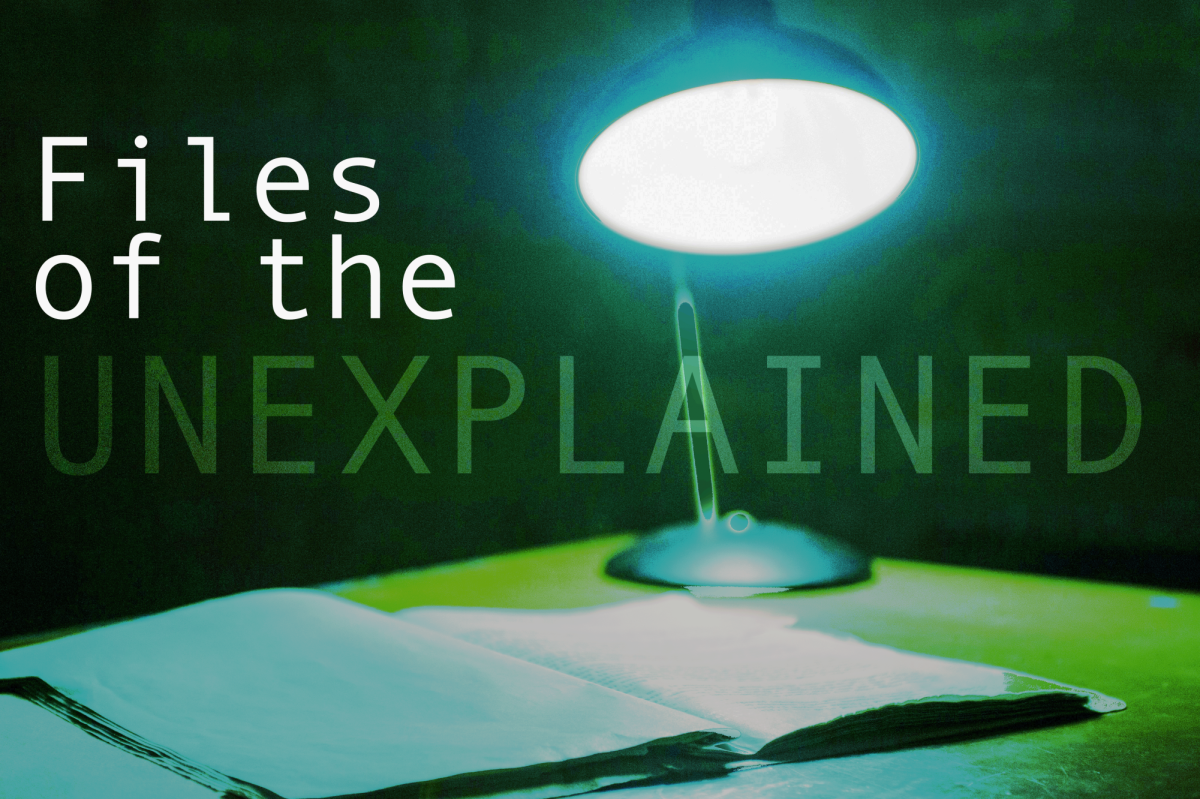Dunn: Public Transportation Needs More Support to Reach its Full Potential
UTA TRAX passing through Fort Douglas station in Salt Lake City, on Monday, Feb. 14, 2022. (Photo by Jonathan Wang | The Daily Utah Chronicle)
May 17, 2023
This past April, the Utah Transit Authority’s Frontrunner train celebrated its 15th birthday. The Frontrunner train runs from Ogden to Provo and provides bike storage and complimentary WiFi. Along with UTA’s Trax light rail and bus routes, it services the whole Salt Lake Valley, allowing a clean alternative for commuters.
Despite the many benefits, UTA services aren’t utilized to the fullest degree. This is largely due to common delays, which the UTA announces on its Twitter page. Additionally, Frontrunner doesn’t run on Sundays. These issues deter people from riding the transit systems, pushing potential riders back towards the convenience of cars. Public transportation has the potential to become an economical and environmentally beneficial alternative to cars, but only if we invest in it.
Current Public Transit
Public transportation in the Salt Lake area originally consisted of mule-powered street cars. However, due to inefficiency and cleanliness issues, people turned to electric streetcars, with the first opening in Salt Lake City in October 1889. After World War II, streetcars began to decrease in popularity as the county converted to buses. Streetcars later regained popularity in the 1970s when people realized that pollution from gasoline-powered engines was just as bad — if not worse — than that from mule manure. This led to the creation of the Trax light rail, a modern version of the old electric street cars.
Large amounts of investment make Salt Lake City’s transit possible. The initial cost of the Trax light rail was $312 million. Today, the UTA has been granted $300 million as an initial investment to fund their FrontRunner Forward Program, which would increase the reliability and efficiency of the train. This project would add double-track segments to increase overall travel time. This advancement, tied with UTA’s already extensive bus routes, will make Salt Lake City’s public transit even better. However, it still won’t have the extensive scope of transit cities like Toronto, Canada, which services nearly every street in the city.
Moving throughout the state, the St. George area in southern Utah has next to no public transit. There currently is one bus service in St. George, known as SunTran. This service only recently expanded into the rest of the St. George metropolitan area to include Ivins, Washington and Santa Clara. The slow addition makes little sense, as St. George and the rest of Washington County has been the fastest-growing metropolitan area between 2000 and 2005. In 2016, SunTran proposed two goals to improve the bus system. First, shortening bus intervals from 40 and 80 minutes to 30 and 60 minutes, and also to implement two-way travel. SunTran has accomplished neither of these goals in the seven years since. It’s hard to know why SunTran’s progress has moved so slowly, and despite the city government requesting public opinion on public transit, there aren’t any reports on what support looks like in the area.
Why it Doesn’t Have Support
America hasn’t been big on public transit since the 1930s. Some blame the General Motors streetcar conspiracy, an instance where General Motors was involved in monopolizing buses and alleged to be doing so to dismantle streetcar systems. More likely, it is due to the American government focusing its monetary and resource investments on highway systems. As automobiles gained popularity during the early 20th century, the government invested in long highway systems, which made long-distance travel and trade more efficient. With this shift, streetcar companies didn’t survive, and only subway systems that didn’t interfere with car traffic continued.
Even during public calls for more transit in the 1960s, cities made little progress as they had already become structured for car usage. Progress was still made, with later additions of commuter rails and light rails, but those were only given ample construction funds, and not enough resources to support operations. Now, many rail systems outside of massive metropolitan areas only run for short times during the day or have fallen into disrepair.
Why Support is Needed
In both the Salt Lake Valley and St. George areas, we can improve public transportation. While this would come with large investment costs, the benefits of improved public transit are worth it. Public transit has been shown to have economic benefits and reduce air pollution. Public transportation has also been shown to allow people the recommended 30 minutes of daily physical activity, which improves overall community health. These are just a few of the many benefits. The criticisms of public transit consist of things that greater investment in the system can improve, such as delays, unreliability and unsanitary stations. Ample funding for operations could easily solve each of these issues.
Our car-centric cities only make problems such as these worse. In the Salt Lake Valley, cars have played a massive role in poor air quality. When places don’t have significant public transit infrastructure, such as St. George. it creates a barrier between food and work opportunities for those that don’t have access to a vehicle. Additionally, more and more Americans are unable to afford cars, making the car-centric system unsustainable.
There are real benefits to increased use of public transportation. However, these benefits won’t have a widespread impact until the government and communities fully invest in them. St. George’s circumstance shows a lack of investment in public transit, along with minimal infrastructure that has seen slow improvement since implementation. Salt Lake also published information on how UTA ridership still hasn’t recovered since it dropped due to the COVID-19 pandemic.
Public transportation is something we could all use, and that many want. However, our representatives in the Utah government have been slow to invest in improving the transit we have. In our car-centric urban areas, public transportation can be an equitable, environmentally friendly and economical solution, if the community and the government officials we elect invest in it.








